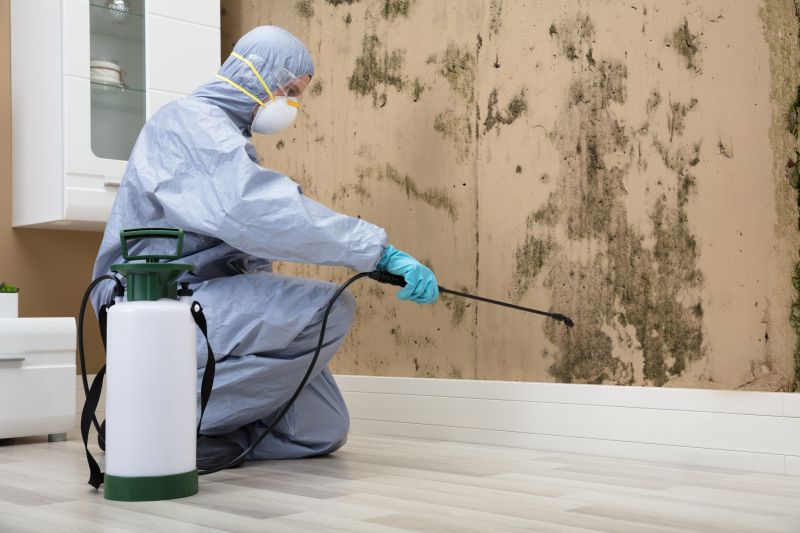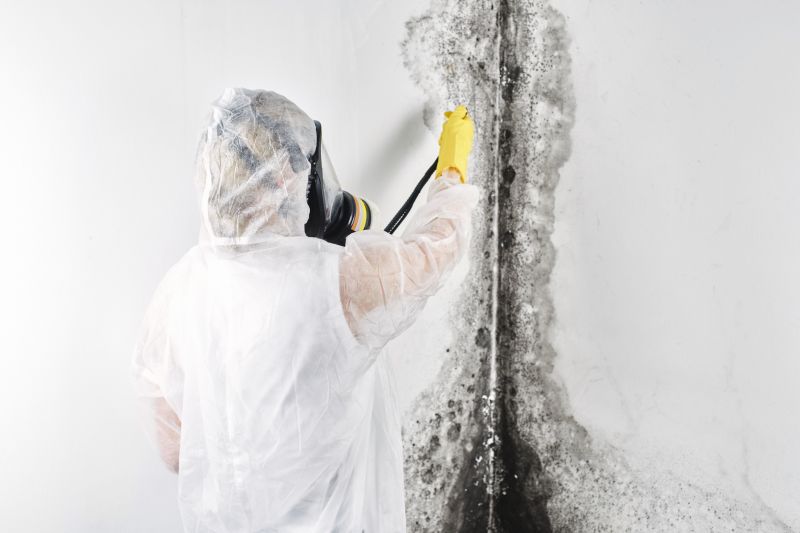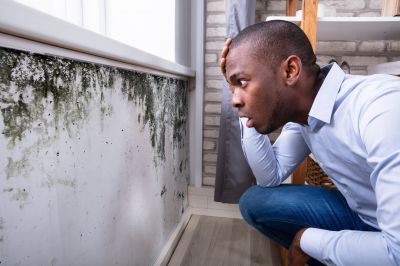Mold Removal Cost Overview

Larger affected areas generally require more labor and materials, increasing costs.

Mold in hard-to-reach or concealed areas may necessitate specialized equipment, affecting price.

Porous surfaces like drywall or carpet often require removal and replacement, influencing overall costs.
| Factor | Impact on Cost |
|---|---|
| Size of Affected Area | Larger areas increase expenses |
| Location within Property | Hidden or hard-to-access spots may raise costs |
| Type of Material | Porous materials often need replacement |
| Level of Contamination | Severe mold growth requires intensive treatment |
| Removal Method | Chemical treatments vs. physical removal vary in cost |
| Post-Remediation Testing | Additional testing adds to overall expenses |
| Property Size | Larger properties may incur higher costs |
| Accessibility | Difficult access points can increase labor hours |
Additional factors such as the need for demolition, replacement of building materials, and specialized equipment can further impact the total expense. It is important to consider these elements when estimating the budget for mold remediation projects to ensure comprehensive treatment and prevent recurrence.

Mold within walls often requires removal of drywall and insulation, increasing costs.

Carpet removal and replacement may be necessary, adding to expenses.

HVAC cleaning and system replacement can significantly influence costs.
| Service | Average Cost Range |
|---|---|
| Basic Mold Removal | $500 - $2,000 |
| Extensive Mold Remediation | $2,000 - $6,000 |
| HVAC System Cleaning | $300 - $1,000 |
| Post-Remediation Testing | $200 - $800 |
| Drywall Replacement | $1,000 - $3,000 |
| Carpet Removal and Replacement | $500 - $2,500 |
| Mold Inspection Services | $200 - $600 |
| Encapsulation Services | $1,500 - $4,000 |
| Structural Drying | $1,000 - $3,500 |
| Dehumidification and Ventilation | $300 - $1,200 |
